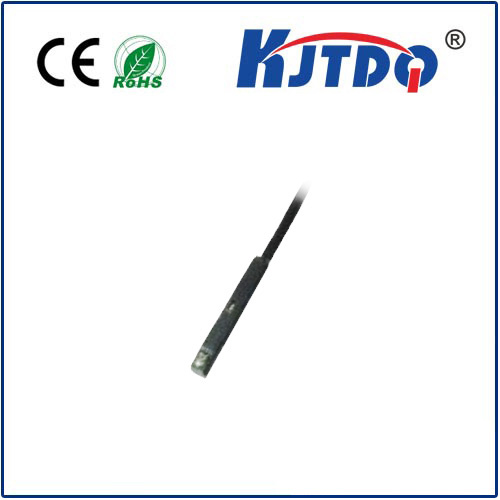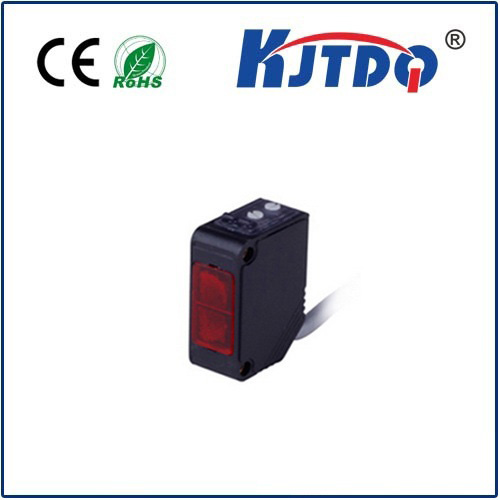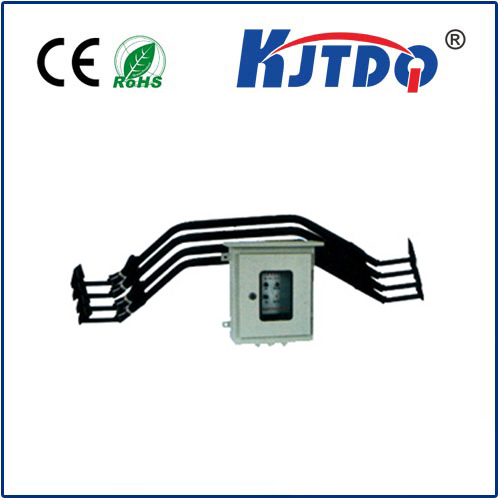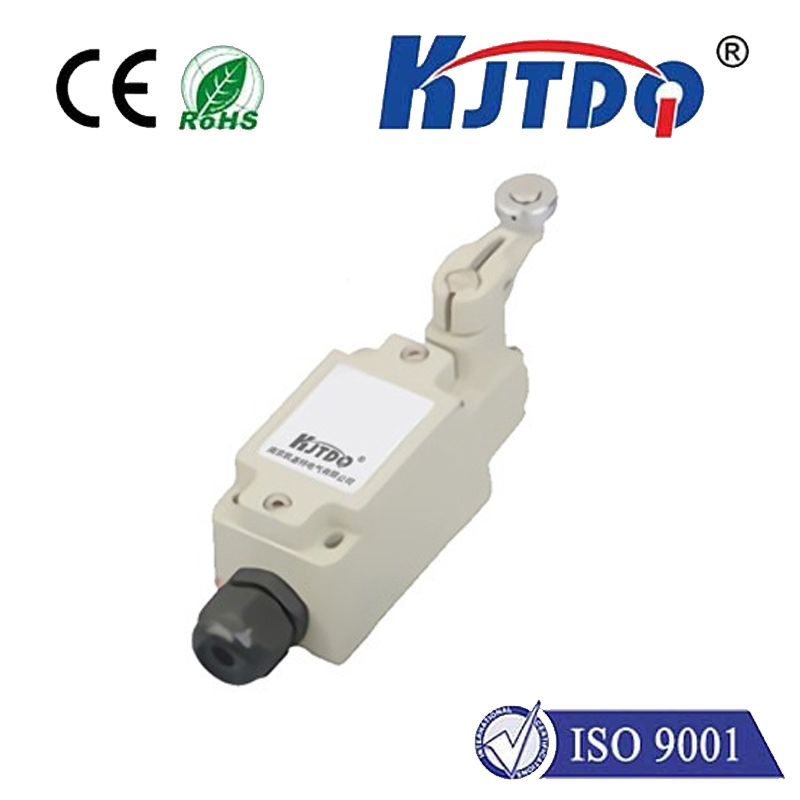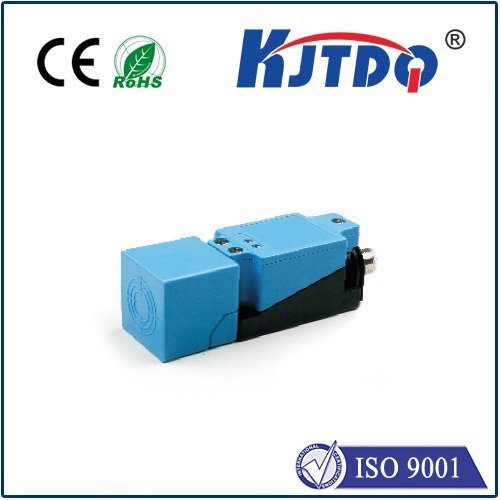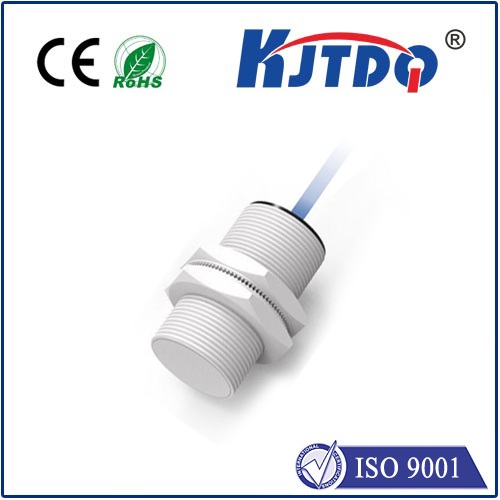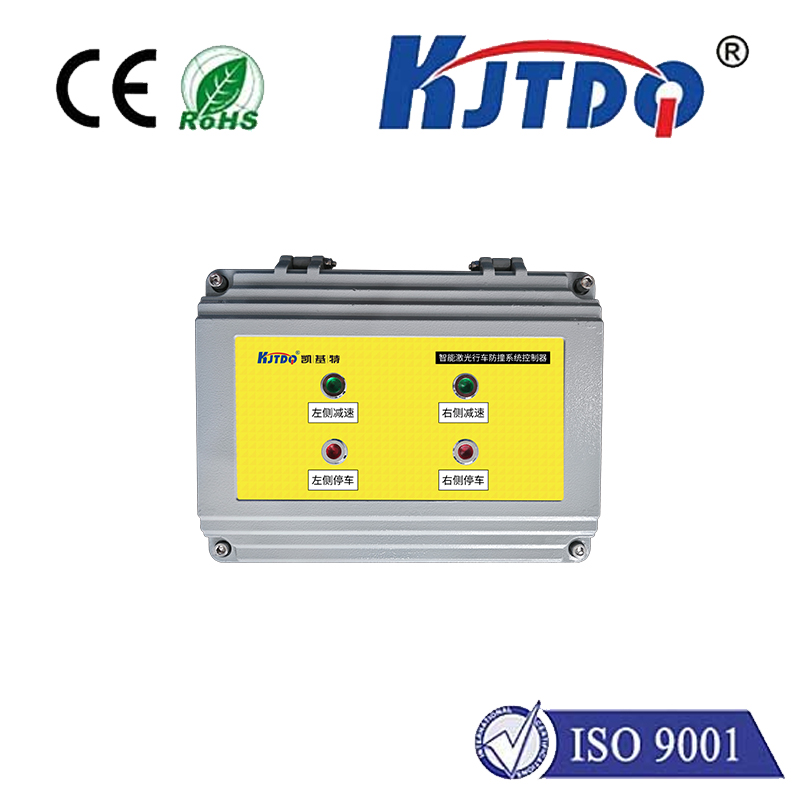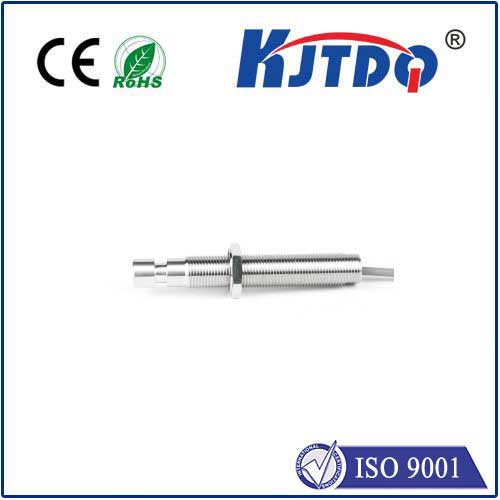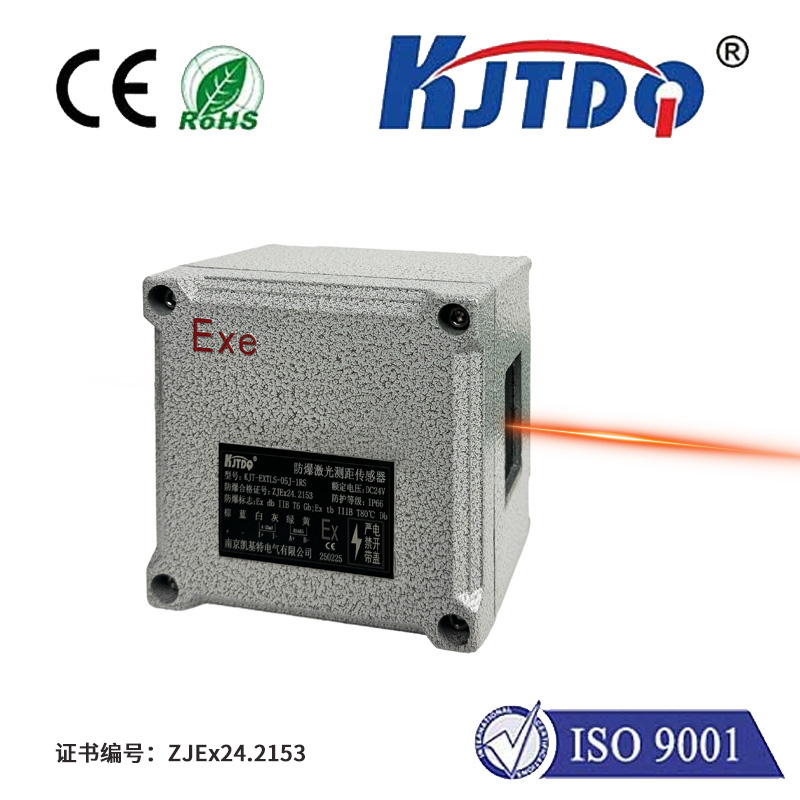

check

check

check

check

check

check

check

check

check

check
Title: The Vital Role of Interlock Limit Switches in Automated Systems
In the realm of automated systems, safety and efficiency walk hand in hand as paramount concerns. Among the numerous components that ensure these aspects, interlock limit switches emerge as essential elements, safeguarding both machinery and personnel. This article delves into the significance of interlock limit switches, elucidating their role in maintaining operational synergy and safety within advanced systems.
Interlock limit switches are fundamental devices designed to detect the presence or position of objects within automated environments. They serve as sentinels, providing critical information that enables a system to react or adapt accordingly. By acting as condition prerequisites for operations, they ensure that processes only proceed when it is safe to do so. For instance, in a conveyor belt system, an interlock limit switch might confirm that a package is correctly positioned before the next phase commences, preventing malfunctions or injuries.

Their importance is further underscored in applications where precision is key. In the manufacturing and packaging sectors, limit switches guarantee that products are handled and assembled with accuracy. As highlighted by Banner's product line, such switches help facility managers maintain smooth, effective, and efficient operations by ensuring that systems are in sync. This synchronization is vital for high-speed processing, where delays or missteps can lead to significant downtime and lost productivity.
Furthermore, these devices extend their protective reach beyond machinery to include operators. In environments where humans work alongside robotics or other automatic machinery, interlock limit switches can halt mechanical movements if a person enters a potentially dangerous area. This proactive safety measure drastically reduces the risk of accidents and enhances the overall workplace safety.
The design and functionality of interlock limit switches vary based on their application. From basic mechanical switches to more sophisticated models utilizing laser or photoelectric sensing technologies, the choice of switch is dictated by the specific requirements of the system. For example, in scenarios requiring detection of transparent or highly reflective objects, like electric vehicle battery electrode films, more specialized sensing mechanisms are called upon to overcome challenges posed by traditional sensor limitations.
In integrating these switches into systems architecture, engineers must consider factors such as switch placement, sensitivity, and resilience to environmental conditions. Proper integration ensures that the full potential of interlock limit switches is harnessed, creating a safer and more reliable operational environment.
As we look towards the future of automation, the role of interlock limit switches continues to expand. With advancements in smart technology and artificial intelligence, these switches are becoming even more intuitive and responsive. Integrating IoT capabilities allows for real-time monitoring and adjustments, further enhancing operational efficacy and reducing human error.
In conclusion, interlock limit switches stand as guardians of automation, ensuring that processes unfold with precision and safety. Their ability to detect and communicate the status of objects and environments is crucial in today’s fast-paced and complex automated systems. As technology progresses, the evolution of these switches promises to bring even higher levels of protection and efficiency, underscoring their irreplaceable role in modern industry and beyond.
